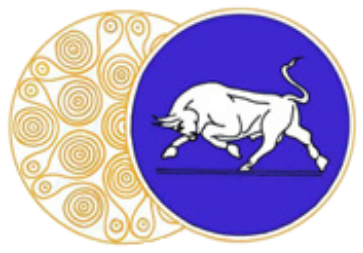“On all the line a sudden vengeance waits,
And frequent hearses shall besiege your gates.”
--To the Memory of an Unfortunate Lady
It has been said that archaeologists excavate burials, not funerals. It is certainly true that the presence of a body, or bodies, whether preserved or implied by the presence of grave goods, is the defining feature of mortuary contexts in prehistory. However, in Early Iron Age west-central Europe the grave itself represents just one inflection point, a single stage in a process extending back in time to the period before the interment as well as after it. The four-wheeled and two-wheeled vehicles found in late Hallstatt and early La Tène burials in the West Hallstatt zone and other evidence for post-depositional activity in a select number of elite graves are part of a complex, multi-stage process that appears to have been accompanied by mourning activity including the cutting of hair, opening of the grave to remove or insert objects or persons, and depositing food offerings after the laying to rest of the dead. Some of these activities, represented by evidence of burning and small stone altars on burial mound surfaces, appear to have gone on for several generations, as this presentation will demonstrate. Viewed as a process rather than an event, the funeral rituals of the early Iron Age in west-central Europe provide a window into how people dealt with death in the past even in the absence of documentary evidence.
The seminar size will be limited to only 20 people in order to have a fruitful and educational discussion. In case you have any questions, please contact the Assist. Director: irishinstitutegr@gmail.com

